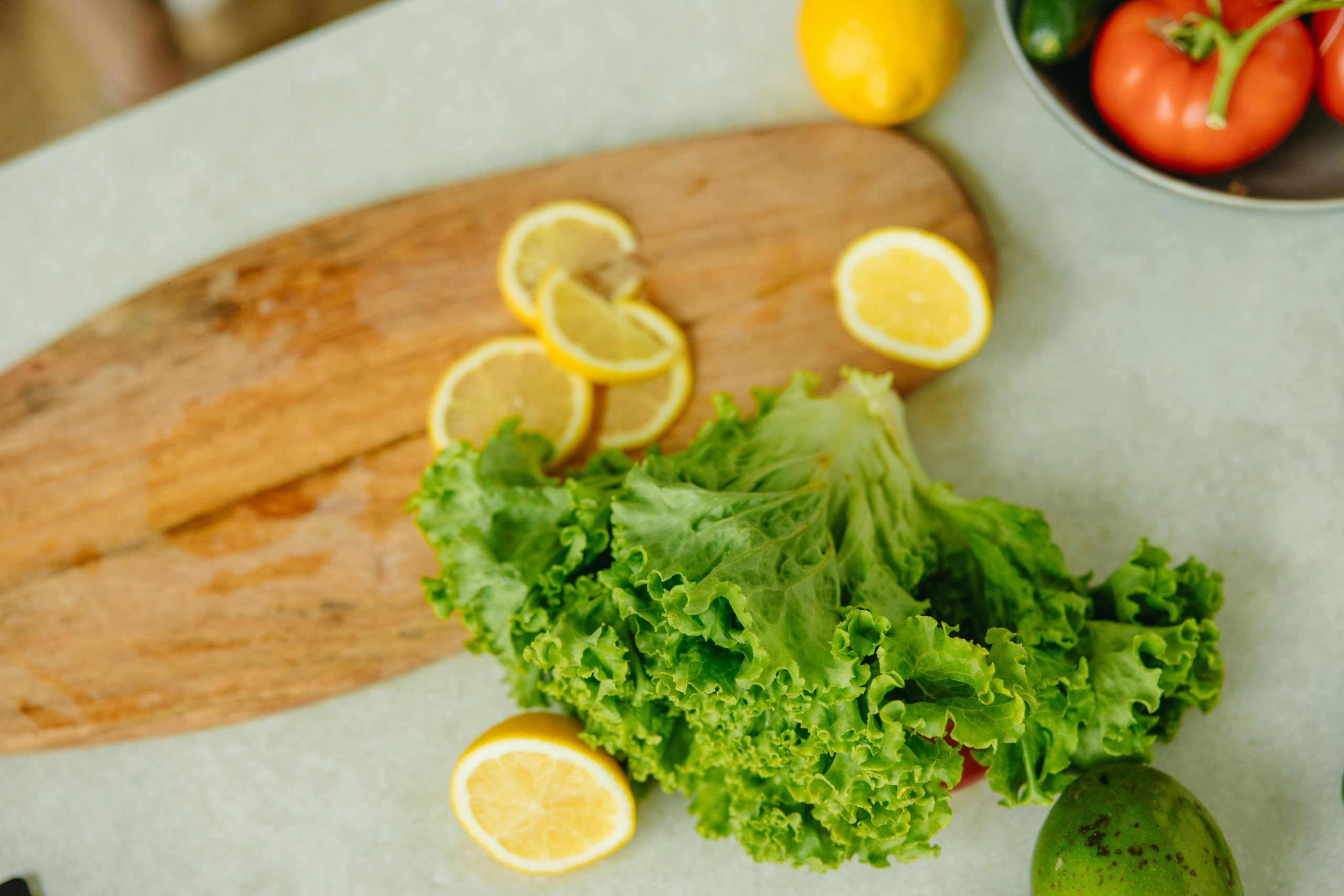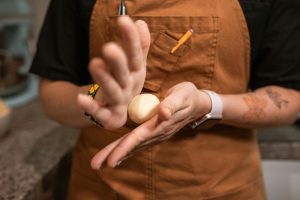Baking Science Explained for Home Bakers
Have you ever wondered why your baked goods turn out differently than the ones from your favorite bakery? Have you been frustrated by recipes that just don’t seem to work no matter how closely you follow them? The secret to perfecting your baking skills is understanding the science behind it. Baking is a mix of art and science, and with a little knowledge of the chemistry and physics behind the process, you can take your baking skills to the next level. In this article, we will dive into the world of baking science, and explain how it can revolutionize your homemade treats.
The Importance of Understanding Baking Science
Baking is more than simply combining ingredients and sticking them in the oven. It is a delicate balance of temperature, time, and chemical reactions. The slightest variation in one of these factors can greatly affect the final outcome of your baked goods. Understanding the science behind baking can help you troubleshoot problems and make adjustments to ensure consistent and delicious results every time.
The Role of Ingredients in Baking
The foundation of any baked good is its ingredients. Flour, sugar, eggs, butter, and leaveners are the most common ingredients used in baking. Each one plays a crucial role in the final product. Flour provides structure, sugar adds sweetness and moisture, eggs act as a binding agent, butter adds flavor and moisture, and leaveners help the baked goods rise. The proportions and usage of these ingredients can greatly impact the texture, taste, and appearance of the finished product.
The Science of Mixing
Mixing the ingredients in the correct order and method is essential in baking. This is because certain ingredients need to be mixed and activated in a specific way to create the desired result. For example, the creaming method involves beating sugar and butter together, which creates air pockets that help the batter rise. Understanding the different mixing techniques and why they are important can make a significant difference in the final texture and structure of your baked goods.
The Role of Heat
Heat is a crucial factor in baking. It causes physical and chemical changes in the ingredients, leading to desirable characteristics such as browning, crust formation, and rise. Understanding the different types of heat, such as convection, radiation, and conduction, and how they affect the baking process can help you control and adjust the temperature for different recipes.
The Science of Leavening
Leavening agents are what make your baked goods rise. They can be either biological, such as yeast, or chemical, such as baking powder and baking soda. These leaveners work by releasing gases, which expand in the heat of the oven, causing the batter to rise. The timing and amount of leaveners used can greatly impact the final result of your baked goods. Too much leavening can cause a collapsed or overly airy texture, while too little can cause a dense and flat product.
Tips for Improving Your Baking Skills
Now that you understand the science behind baking, here are some tips to help you improve your baking game:
Measure Accurately
Ingredients play a vital role in baking, and accurate measuring is essential. Even a slight difference in the amount of flour or sugar can greatly affect the outcome of your baked goods. Invest in a good kitchen scale and measure your ingredients by weight for the best and most consistent results.
Understand Your Oven
Every oven is different, and understanding how yours works can make a huge difference in the final outcome of your baked goods. Invest in an oven thermometer to ensure that your oven is heating up to the desired temperature. Also, pay attention to hot spots and how long it takes for your oven to preheat to ensure even baking.
Experiment with Different Recipes
Baking is all about experimenting and finding what works best for you. Don’t be afraid to try new recipes and techniques. Also, pay attention to the details and take notes to track what worked and what didn’t. This will help you improve and perfect your baking skills over time.
Practice Makes Perfect
Lastly, the best way to improve your baking skills is to practice. Don’t get discouraged if your first attempts are not perfect. Keep trying, and don’t be afraid to make mistakes. Learning from your failures is a crucial part of the baking process.
Conclusion
Baking is a mix of art and science, and understanding the science behind it can greatly improve your homemade treats. By understanding the role of ingredients, mixing techniques, heat, and leaveners, you can troubleshoot problems and make adjustments to ensure consistent and delicious results. Remember to measure accurately, understand your oven, experiment with different recipes, and most importantly, practice. With a little knowledge and practice, you can master the art of baking and impress your family and friends with your delectable creations.











